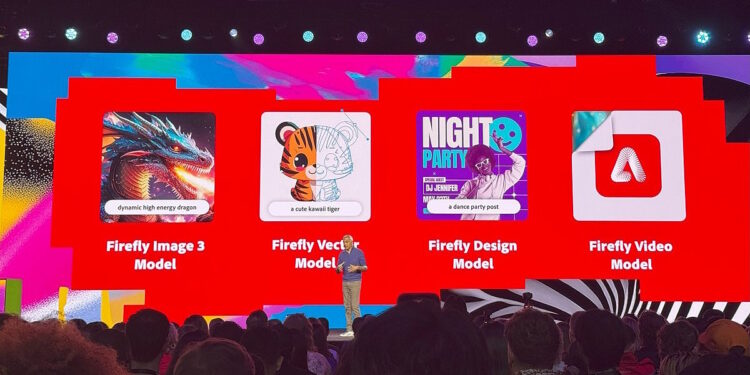Adobe has always been at the forefront of digital innovation, and this year’s Adobe Max conference was no exception. Held in Miami, the event showcased an array of pioneering updates and new ventures, highlighting Adobe’s commitment to reshaping the creative landscape. From the introduction of the groundbreaking Firefly AI video tool to enhancements in beloved software like Photoshop and Illustrator, Adobe’s latest offerings are setting the stage for a new era of creativity.
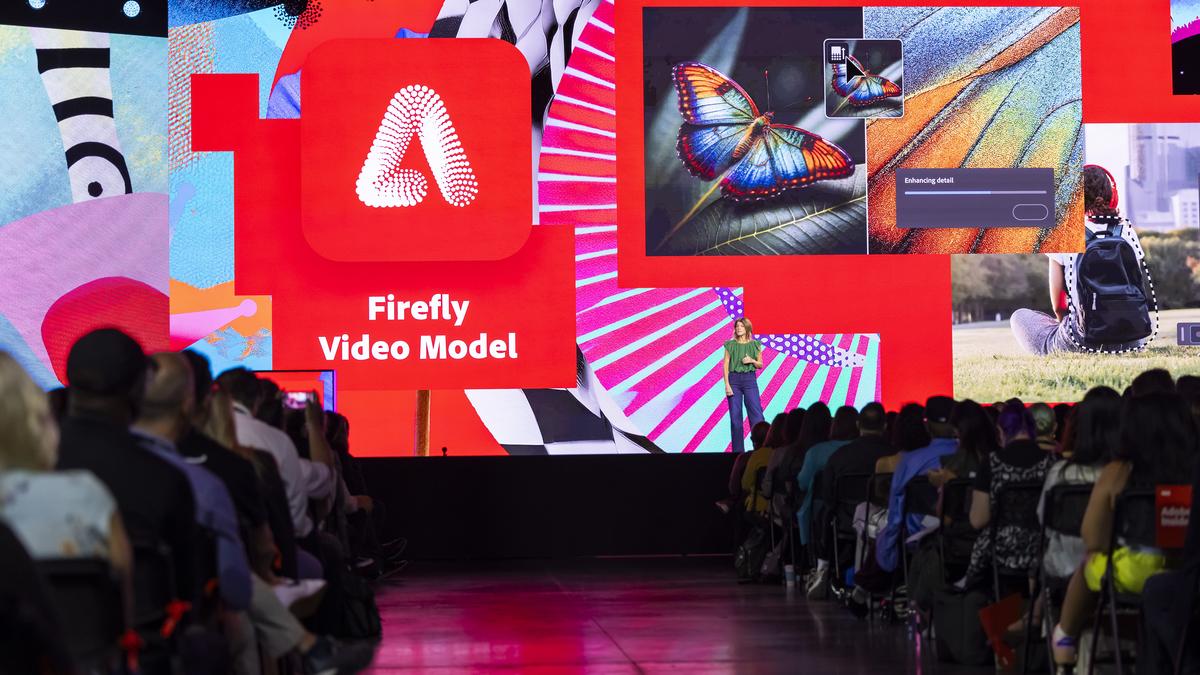
Firefly AI: Revolutionizing Video Creation
One of the most anticipated announcements was the debut of Firefly, Adobe’s new generative AI video tool now available in public beta. This tool, designed to be commercially safe, has been trained on Adobe Stock along with other public databases, enabling creators to transform reference images into B-roll footage or handle both 2D and 3D animations seamlessly.
Moreover, this innovative tool is integrated into Premiere Pro through a new feature called generative extend. This feature allows users to effortlessly create new video clips, complete with both video and audio, perfect for extending scenes or smoothing transitions without compromising the original content’s integrity. “Generative extend uses the previous clip as a reference to build a matching video, filling in gaps in your timeline, all without your original clip becoming part of Adobe’s training database,” Adobe confirmed.
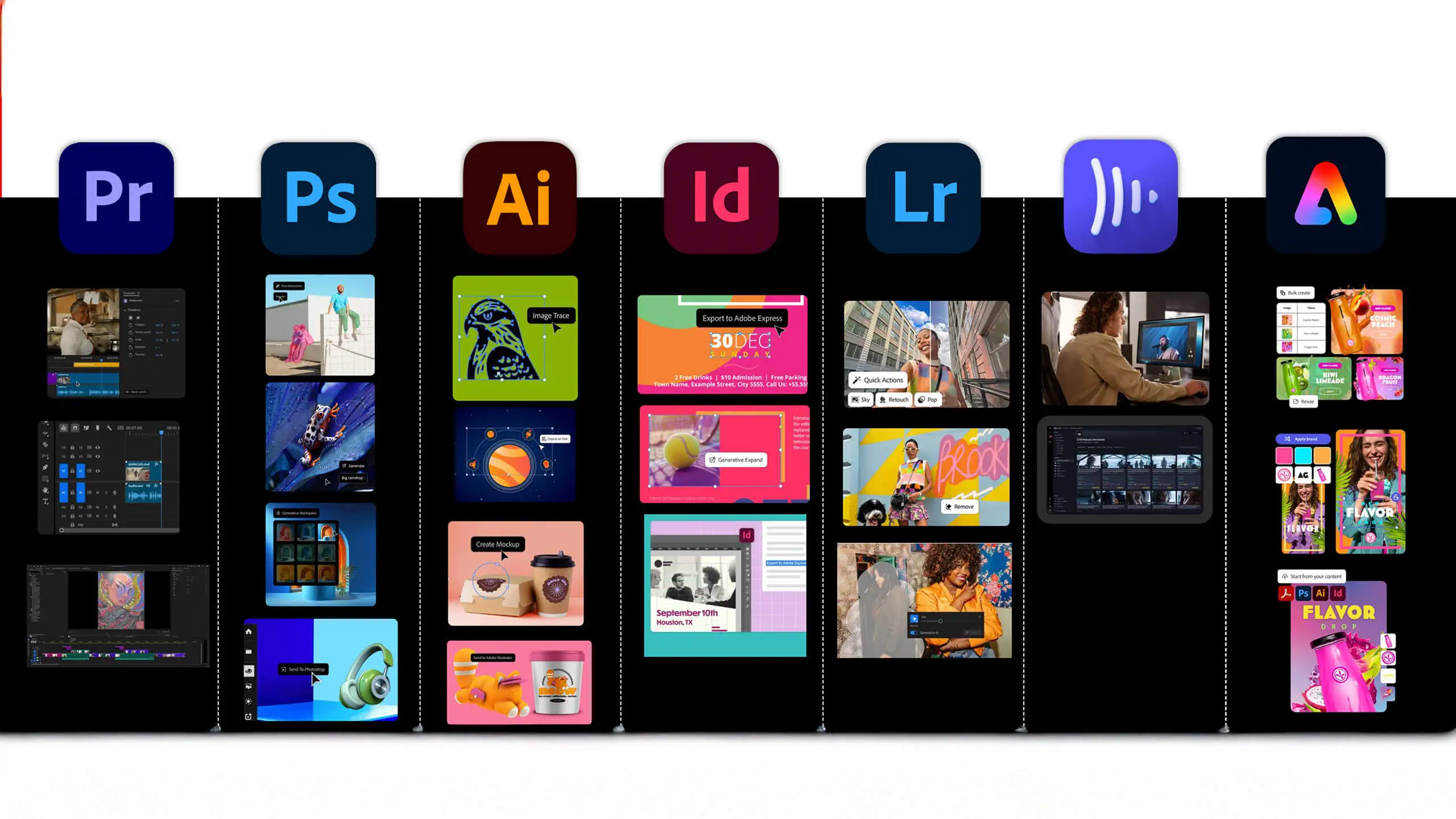
Expanding Creative Horizons in Photoshop and Illustrator
Photoshop and Illustrator are receiving substantial updates, powered by Adobe’s latest AI model, Firefly Image 3. Now out of beta, this model is enhancing a suite of tools across Adobe’s Creative Cloud. Photoshop, for instance, is introducing a generative workspace currently in beta, which aims to assist creators in brainstorming and ideation processes. Additionally, it features an upgraded removal tool designed to eliminate unwanted elements such as photo-bombers more effectively.
Illustrator is not left behind, with the integration of Project Neo—a web app aimed at facilitating the editing of 3D designs within a traditionally 2D environment. According to Deepa Subramaniam, vice president of product marketing for Creative Cloud, Project Neo has been in private beta with about 60,000 users and is now transitioning to a broader audience with Adobe incorporating user feedback actively. Illustrator also unveils new functionalities like objects on the path, which promises to streamline the process of aligning elements along a set path, significantly reducing manual adjustment time.
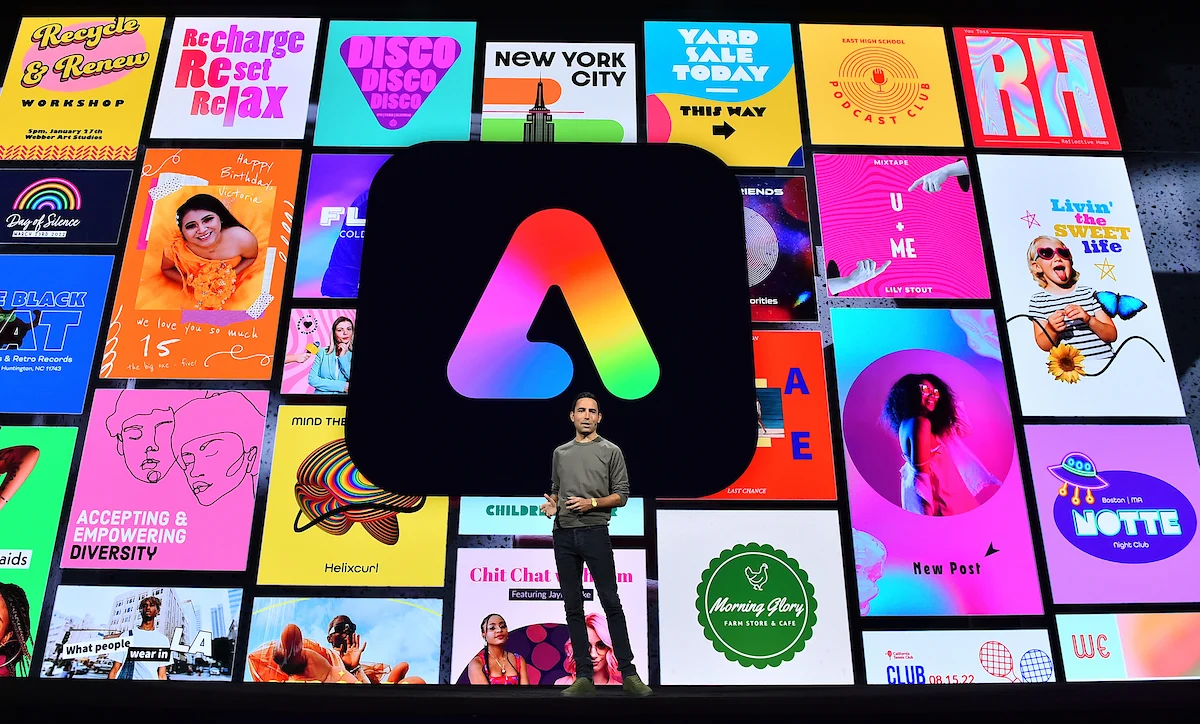
Bridging the Gap with Authenticity and Customization
In response to the ongoing debate surrounding the ethics of AI in creative industries, Adobe introduced the Content Authenticity Initiative earlier this month. This program provides creators with a ‘digital nutrition label’ that details the use of AI in their work, ensuring transparency and maintaining trust in digitally altered content.
Additionally, Adobe is capitalizing on its partnership with Gatorade by allowing users to customize their own Gatorade Squeeze water bottles using Firefly’s text-to-image capabilities. This feature is accessible via Gatorade’s website and is part of a broader strategy to make advanced creative tools available to a wider audience, beyond just professional creators.
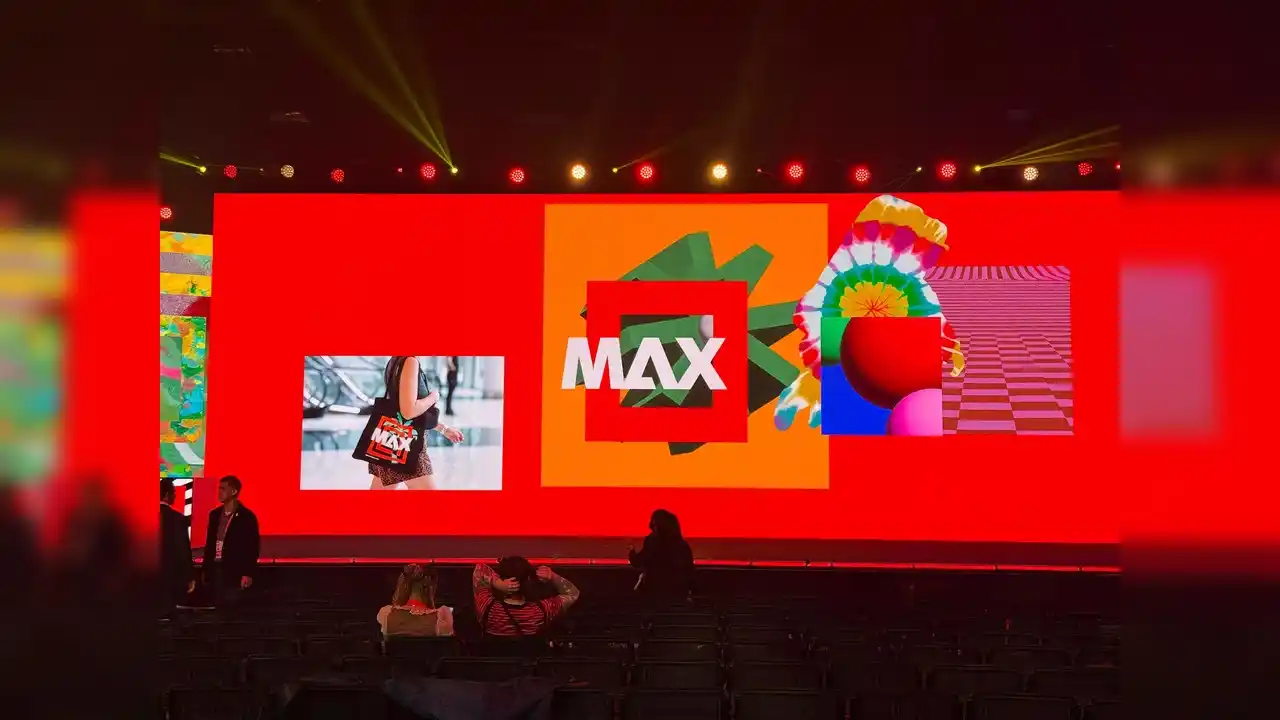
As Adobe Max concludes, the message is clear: the future of creative expression lies in the integration of AI technology, collaborative feedback, and ethical transparency. With over 100 new innovations announced, Adobe is not just responding to the evolving needs of the digital world but is actively shaping its trajectory. For creators, whether they are seasoned professionals or enthusiastic amateurs, the new tools and features unveiled at Adobe Max promise to open up endless possibilities for creativity and innovation.

